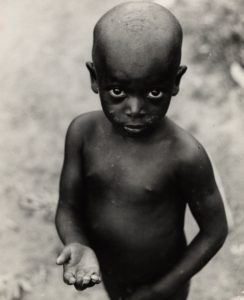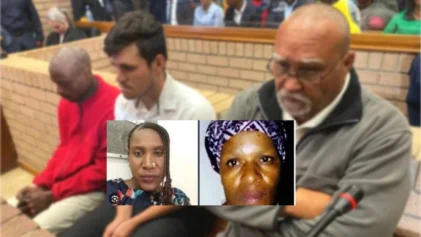
That is one of the compelling questions probed in a fascinating new photography exhibit called “Human Rights Human Wrongs” on display in London at the Photographers’ Gallery.
A review in The Guardian says the exhibit is an attempt to explore the ground between two ideas: Article 6 of the Universal Declaration of Human Rights, which states that “Everyone has the right to recognition everywhere, as a person before the law,” and the brilliant writing of Afro-French philosopher Frantz Fanon, whose book “Black Skin White Masks” explores the dehumanizing effects of colonialism on Black consciousness.
“Human Rights Human Wrongs is a brutal illustration of the distance between the idealism of the first and the damning evidence provided in the second,” Sean O’Hagan writes in The Guardian.
Curated by Mark Sealy, director of Autograph ABP, the exhibit features pictures from the Black Star agency, founded in 1935 in New York by three German Jews who had fled Nazi persecution.
The exhibit aims to show images of conflict, suffering, subjugation and struggle across the globe, but to present these encounters in ways that we aren’t accustomed to seeing them, with shots that aren’t always trying to wring out every bit of sentimental emotion. In addition, the curator tried to draw connections between struggles across the globe, for instance pairing the American civil rights movement of the 1960s with African independence struggles in countries like the Democratic Republic of the Congo and South Africa.
According to O’Hagan, Sealy’s curation challenges the viewer “to see how one of the defining images of famine — a starving African child, hands outstretched, big eyes beseeching — has become generic, so much so that it may have become denuded of the power to shock us.”
“Somewhere between the guilt, the honesty and the casual racism, which Fanon defines as one of the central dehumanizing aspects of colonialism, lies the complex dynamic at the heart of this exhibition,” O’Hagan writes. “It will make you think again about human rights and human wrongs and photography’s tricky role in reflecting — and sometimes distinguishing between — the two.”


